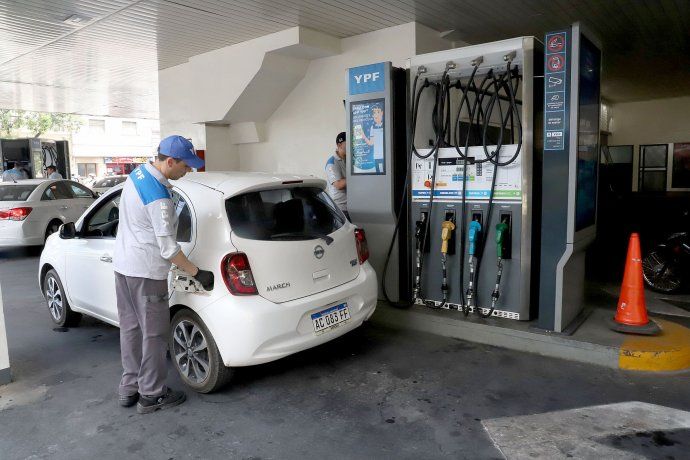Different methods are used by motorists to reduce costs and apply them on a daily basis. Point by point, these are best practices.
With the continuous increase in the prices of fuelsmany drivers are looking for ways to reduce their consumption and, therefore, their expenses on naphtha.
The content you want to access is exclusive to subscribers.
In this context, the concept of “hypermiling“, which refers to the efficient driving through the application of techniques that allow you to maximize the performance of each liter of fuel.


This term was introduced by Wayne Gerdes in 2004an energy saving enthusiast who began experimenting with various strategies to optimize the efficiency of his vehicle.
The central idea is simple: implement practices that improve fuel efficiency, such as regulate speed, manage brake use and optimize vehicle performance, and even make minor mechanical adjustments.
Naphtha Fuel Service Stations

This method refers to efficient driving through the application of techniques that maximize the performance of each liter of fuel.
Ignacio Petunchi
He hypermiling It can be applied to any type of car. It is worth mentioning that those who practice these techniques are known as “hypermiler” and, in 2008, the term was recognized as the neologism of the year by the New Oxford American Dictionary.
Some common hypermiling techniques
-
Maintain a constant speed: Avoiding abrupt accelerations and decelerations is essential, since these changes can significantly increase fuel consumption. The ideal is to drive at easy speeds, especially on highways, avoiding exceeding 90 km/h to maximize efficiency.
-
Early braking: This technique involves anticipating stops and gradually decelerating instead of suddenly braking, which saves energy and extends the life of the brake system.
-
Adjust tire pressure: Keeping tires inflated to the proper pressure is key, since underinflated tires can increase rolling resistance and, therefore, consumption. Some people choose to inflate them slightly more to reduce friction, but this should be done with caution to avoid risks.
-
Reduce vehicle weight: The heavier the car, the more energy required to move it. Eliminating unnecessary loads can contribute to more efficient consumption.
-
Minimize the use of air conditioning: Although it may be difficult in extreme temperature conditions, avoiding air conditioning in temperate climates helps save fuel. It is also suggested to keep the windows closed to improve aerodynamics.
In summary, the hypermiling Not only does it help reduce expenses, but it also reduces emissions. CO2, thus contributing to a lower environmental impact. Adopting a softer, more conscious driving style also reduces mechanical wear and tear on the vehicle, prolonging its useful life.
However, there is a dark side to this approach, as some individuals take the techniques to the extreme, such as “drafting“, which consists of driving very close to a truck to reduce wind resistance. Although it can be effective, this practice is dangerous. Therefore, it is essential to practice hypermiling responsibly, always prioritizing safety over savings.
Source: Ambito
I’m a recent graduate of the University of Missouri with a degree in journalism. I started working as a news reporter for 24 Hours World about two years ago, and I’ve been writing articles ever since. My main focus is automotive news, but I’ve also written about politics, lifestyle, and entertainment.




